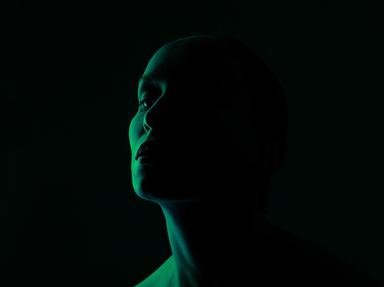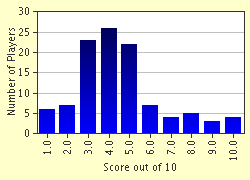Quiz Answer Key and Fun Facts
1. Why was Mary Tudor, Queen of England is usually referred to as Bloody Mary?
2. Why is Maryland in the U.S. called Maryland?
3. Who or what were the Four Marys?
4. What instrument of execution was nicknamed Marianne?
5. Shakespeare referred to marybuds. What are they?
6. Mary Magdalene has been the subject of much conjecture for centuries. One tradition has it that she was betrothed to one of the twelve men who became Jesus' disciples. Which one of them?
7. When taken from Egyptian origins, what does the name Mary mean?
8. How many women named Mary were present at the crucifixion of Jesus?
9. By what name was Mary Grannan better known?
10. The 'Mary Rose' was Henry VIII's great battleship, built between 1509 and 1511, sunk in 1545, and salvaged in 1982. For whom was she named?
Source: Author
Cymruambyth
This quiz was reviewed by FunTrivia editor
gtho4 before going online.
Any errors found in FunTrivia content are routinely corrected through our feedback system.

